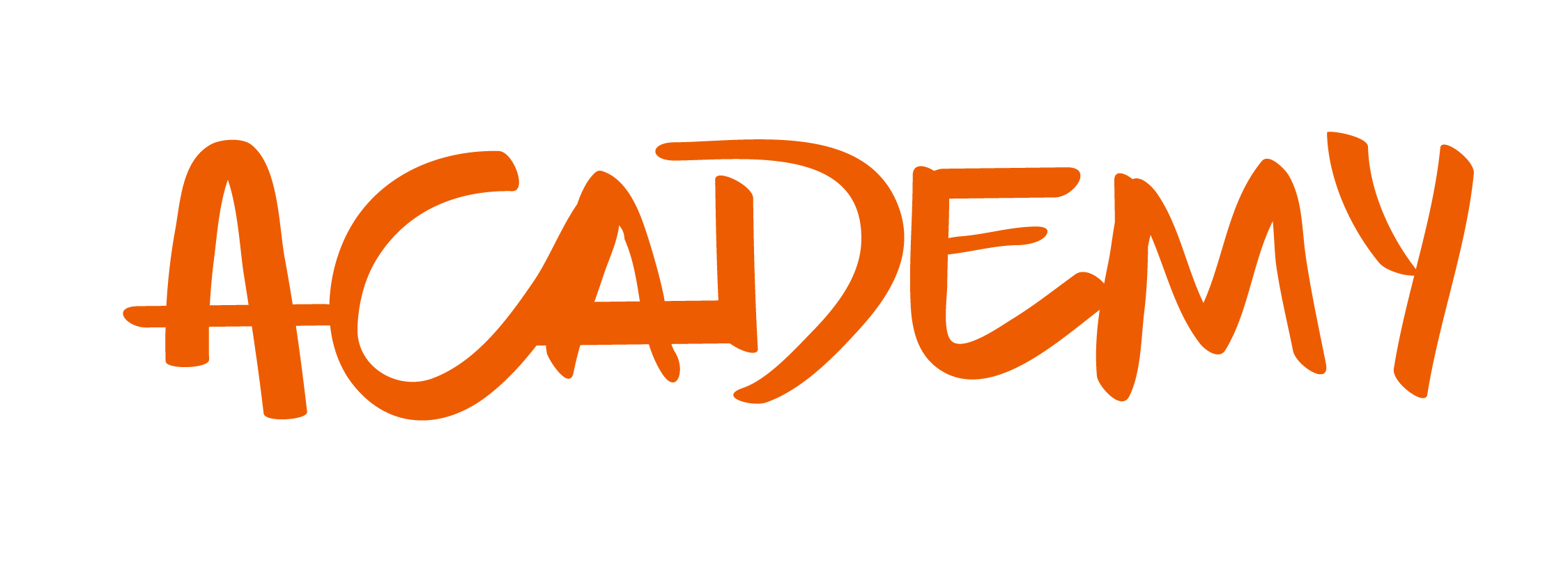“People don’t buy what you do; they buy why you do it. And what you do simply proves what you believe.”—Simon Sinek
An MIT report revealed that more than 54% of people have recently tried brands they’ve never purchased from previously.
The reasons behind these businesses attracting new customers? For one, eCommerce has reached new heights during the pandemic. People are spending more time online, which also means small businesses and younger organizations have the opportunity to achieve newfound visibility and reach people they might not have been able to reach otherwise. Another reason is that consumers are seeking out new items, give the diverse needs that have evolved.
Whatever the reason, it’s clear that old and new businesses alike are in an unprecedented landscape and must formulate different strategies and put in the hard work to achieve business success.
How do new and old brands reach potential customers and satisfy the needs of existing ones? What initiatives can they put in place to optimize the customer experience and solidify their name? Let’s take a look at how to make your brand profitable.
What is a profitable brand?
“Your brand is what other people say about you when you’re not in the room,” Jeff Bezos, Amazon founder, famously said.
Ask different people what a strong brand really is, and you’ll get a wide range of responses. Some elements include:
• A reflection of your values and mission
• An image that is consistent with what the company does
• Communication and interactions with consumers and other businesses
• How you are perceived both externally and internally
• The messages you send
• The user experience your company offers
All of these are true, although none of them presents the full picture individually.
Entrepreneurs and business owners must try out a range of strategies to reach new customers and solidify their brand. Even long-established businesses need to make the effort to keep their brand alive and thriving, continuing to attract new consumers in a competitive and ever-changing market.
Types of profitable brands
Profitable brands span many different industries and sectors. Ultimately, your success depends more on your brand than on the product or service you sell — assuming, of course, that what you deliver is of high quality.
Brand: Why people want to use your product
In one sense, your brand translates to why consumers are driven to your product and organization. It depends on factors like how you treat employees, the messaging you deliver, your interactions with the external world, and more.
Simon Sinek describes brand success according to the Golden Circle, a model that conveys how leaders inspire. There are three distinct parts:
• What: the product or service you deliver
• How: how you set yourself apart from others in the space or industry
• Why: your mission, values, and sense of purpose
Experience: How people interact with your product
Your brand should also deliver an experience — this is foundational to your mission. It will also allow you to solidify how others perceive your brand.
When you create a new product or service, you should have the user experience in mind. Consider what emotions your consumers will have when they try it and the value it will bring to their lives. What problem are you solving? What are you bringing to people’s lives that was previously lacking? How do you differentiate yourself from your competitors?
How people experience your product or service is what makes it special and different. And the bottom line is that people will want to use it because of how you convey your brand.
It’s not just a sales transaction. It’s also an emotional connection.
Of course, solidifying feelings about a brand takes time. Even Amazon and Facebook were once startups. What separates successful brands from unsuccessful ones is the ability to tap into a specific need, even one consumers might not have known they had, and the patience to establish the sentiments surrounding it.
How do you build a profitable brand?
There’s no magic formula or template for building a profitable brand. You must use a range of tactics to fuel your business plan and devise cost-effective solutions for putting your message out there. Here are some key elements.
Hone your brand strategy
Your brand strategy begins with your mission and values. This is foundational to your identity as a business. As part of your strategy, consider how to communicate this mission to the public.
As part of your strategy, you must dive deep into your competitors’ brands. You should also conduct a SWOT analysis. This stands for:
• Strengths: what your business has to offer
• Weaknesses: internal issues and potential problems
• Opportunities: holes in the market that you could address
• Threats: competition from the outside
This high-level analysis will allow you to better understand how to navigate the landscape you’re entering and see your own brand through a new lens.
Determine your brand’s target audience
Every successful brand must be able to define its target audience and gear its product, service, and overall perception toward addressing that niche.
Remember: you’re not trying to meet everyone’s needs. Sure, there are giants that have managed to reach the vast majority of consumers, but those are few and far between — and they didn’t become sensations overnight, either.
In fact, the more targeted your niche, the better your odds of turning a profit and becoming successful are. Consider factors like age, gender, income, education level, interests, and other key demographics.
Establish brand identity, mission, and value
Brand identity
Some people mistakenly believe that brand identity exclusively depends on the visual appeal of your brand — more specifically the logo. While the visual elements and logo are part of this identity, they don’t constitute the entirety of it.
Some elements of brand identity are:
• Logo
• Color palette
• Typography
• Images
• Messaging and word choice
• Style guide
• Media presence
Ultimately, your brand identity should resonate with people and convey the meaning of your mission and purpose. Current and prospective consumers should remember you — what you stand for and who you are.
Research your competitors
Market research is a huge part of building and/or improving your brand. This involves looking into existing brands, products, services, and overall businesses to identify the competition and set yourself apart.
You won’t be able to compete against long-established brands — or even up-and-comers — if you’re selling identical goods. They’ve already tapped into that arena. You must find a way of carving out a niche and making a name for yourself separate from the giants in the industry.
Market research, which involves staking out the competition and finding out what consumers really want and need, can take many forms, from surveys to focus groups. It’s a vital, foundational step toward building a strong brand, one to which consumers truly respond and want in their lives.
Keep track of your research in order to help you understand what the market already offers and how your ideas will fill a hole that exists in the industry.
Determine how your brand is different
Once you’ve conducted this market research and identified key competitors, the next step is to determine how your brand is different from existing or emerging ones. What qualities do you bring to the table that your competitors don’t? Or, what can you do even better? This is where your brand really thrives.
Once you make a list of the benefits and value you add, you can work on targeting the audience that will respond to them. These are the elements of your brand that set it apart and make it resonate with consumers.
Market your brand
Here’s where you put everything into practice. Your marketing efforts will spread the word about your brand and ultimately increase sales. This is how you communicate who you are as a business and what your brand really means.
A marketing strategy involves a wide variety of channels, collateral, and methods. It’s an opportunity to flex your creative muscles, using tools such as:
• Social media (Facebook, Twitter, LinkedIn, Instagram, etc.)
• Digital marketing (websites, email marketing campaigns, etc.)
• Content marketing (blogs, podcasts, webinars, etc.)
• Incentives (sweepstakes, drawings, raffles, etc.)
• Advertising (digital or print, paid or organic)
• Packaging (the look and feel of your products or services, including the name and visual appeal of the business)
Your marketing strategy will combine many different elements. You’ll hone it based on your unique message, mission, and purpose.
On the surface, marketing is about promoting new and existing products and services. But it’s actually about much more than that. You’re spreading the word about your entire brand and building it up to the public — the people who, hopefully, will turn to it — in order to create awareness.
Integrate your brand with your business
Your brand is not separate from your business. It’s infused with and fully a part of it. It should stick in people’s minds and memories.
Any time someone thinks about your business, they should associate it with various elements of your brand. They should be able to identify your logo and tagline. The interactions they have with you should make them think, “Yes, that’s [X business].”
Everything you put forth, from your advertisements to a Facebook post, should scream your brand.
Of course, your customers are part of your brand, too. And everything you do should speak to them personally. Your messaging, visuals, and efforts should all be consistent with and true to who you are as a brand and business.
It’s not static. Your brand will evolve and grow. Along the line, you might change various elements, such as the look of your website, the tone of your blog, and so on. Changes are par for the course, but any meaningful alteration you do make should be based on real evidence. It should also stay consistent with your mission.
Moreover, you should avoid changing critical aspects of your brand too frequently. This will reflect poorly on your brand. Meaningful change that builds your brand up will be perceived as necessary and positive. Ultimately, this will increase profit — and solidify your operation as a successful business and overall brand.
Measure success
You’ve created, honed, and established your brand. You’ve marketed your products, services, and overall business. You’ve made some alterations along the way. But it doesn’t end there.
Every business must continue to measure the success of its efforts, even long-established brands. It should track analytics, noting metrics involved with various campaigns, along with the success of overarching strategies, such as your website and social media presence.
For example, look at click-through rates (CTR) and traffic to your website at given points during the day. Examine how your social media efforts have paid off, looking at, for instance, how many times users interact with various posts. Consider both quantitative and qualitative data to inform your perception of your efforts. Comments and feedback can be useful, just as much as numerical figures.
Consider your profit margin, measuring individual efforts as they relate to the bigger picture. This will help you see which efforts are paying off and which ones aren’t working as well as expected. In turn, you’ll be able to reexamine and tweak your strategy accordingly — and make your brand even stronger. That way, you’ll be prepared to reach your goals as a business.















